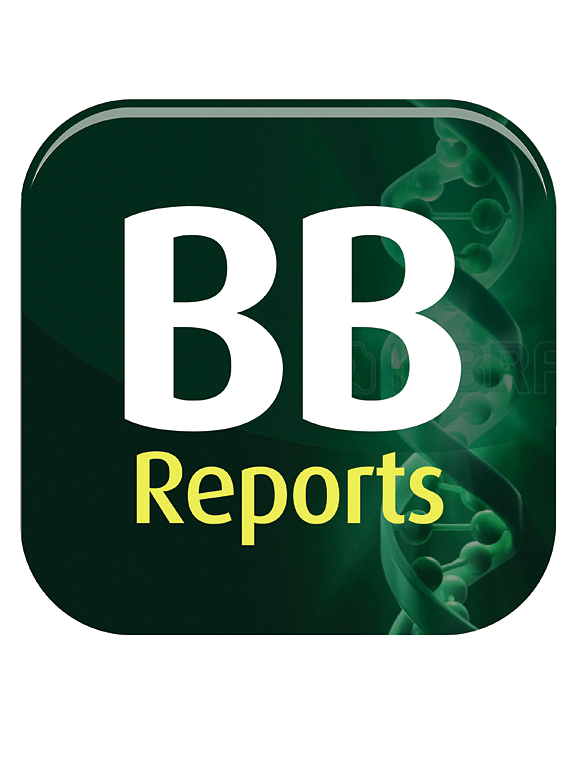A comprehensive transcriptome based meta-analysis to unveil the aggression nexus of oral squamous cell carcinoma
IF 2.3
Q3 BIOCHEMISTRY & MOLECULAR BIOLOGY
引用次数: 0
Abstract
Lymph node metastasis in oral cancer (OC) complicates management due to its aggressive nature and high risk of recurrence, underscoring the need for biomarkers for early detection and targeted therapies. However, the drivers of this aggressive phenotype remain unclear due to the variability in gene expression patterns. To address this, an integrative meta-analysis of six publicly available transcriptomic profiles, categorized by lymph nodal status, is conducted. Key determinants of disease progression are identified through functional characterization and the TopConfects ranking approach of nodal associated differentially expressed genes (DEGs). To explore the critical nexus between lymph node metastasis and OC recurrence, significant metastatic genes were cross-analysed with literature-derived genes exhibiting aberrant methylation patterns in OC recurrence. Their clinical relevance and expression patterns were then validated in an external dataset from the TCGA head and neck cancer cohort. The analysis identified elevated expression of genes involved in extracellular matrix remodelling and immune response, while the expression of genes related to cellular differentiation and barrier functions was reduced, driving the transition to nodal positivity. The highest-ranked gene, MMP1, showed a log-fold change (LFC) of 4.946 (95 % CI: 3.71, 6.18) in nodal-negative samples, which increased to 5.899 (95 % CI: 4.80, 6.99) in nodal-positive samples, indicating consistent elevation across disease stages. In contrast, TMPRSS11B was significantly downregulated, with an LFC of −5.512 (95 % CI: −6.63, −4.38) in nodal-negative samples and −5.898 (95 % CI: −7.15, −4.64) in nodal-positive samples. Furthermore, MEIS1, down-regulated in nodal-positive status, was found to exhibit hypermethylation at CpG sites associated with OC recurrence. This study represents the first transcriptomic meta-analysis to explore the intersection of lymph node metastasis and OC recurrence, identifying MEIS1 as a potential key contributor. These comprehensive insights into disease trajectories offer potential biomarkers and therapeutic targets for future treatment strategies.
一项全面的基于转录组的荟萃分析揭示了口腔鳞状细胞癌的侵袭关系
口腔癌(OC)的淋巴结转移由于其侵袭性和高复发风险而使治疗复杂化,强调了对早期发现和靶向治疗的生物标志物的需求。然而,由于基因表达模式的可变性,这种侵袭性表型的驱动因素尚不清楚。为了解决这个问题,对六个公开可用的转录组谱进行了综合荟萃分析,按淋巴结状态分类。通过功能表征和淋巴结相关差异表达基因(DEGs)的TopConfects排序方法确定疾病进展的关键决定因素。为了探索淋巴结转移与卵巢癌复发之间的关键联系,我们将显著转移基因与文献中显示卵巢癌复发异常甲基化模式的基因进行交叉分析。然后在TCGA头颈癌队列的外部数据集中验证了它们的临床相关性和表达模式。分析发现,参与细胞外基质重塑和免疫反应的基因表达升高,而与细胞分化和屏障功能相关的基因表达降低,从而推动向淋巴结阳性的转变。排名最高的基因MMP1在淋巴结阴性样本中显示对数倍变化(LFC)为4.946 (95% CI: 3.71, 6.18),在淋巴结阳性样本中增加到5.899 (95% CI: 4.80, 6.99),表明在疾病分期中一致升高。相比之下,TMPRSS11B显著下调,节点阴性样本的LFC为- 5.512 (95% CI: - 6.63, - 4.38),节点阳性样本的LFC为- 5.898 (95% CI: - 7.15, - 4.64)。此外,在淋巴结阳性状态下下调的MEIS1被发现在与OC复发相关的CpG位点表现出高甲基化。该研究首次进行了转录组荟萃分析,探讨了淋巴结转移和OC复发之间的关系,确定了MEIS1是一个潜在的关键因素。这些对疾病轨迹的全面了解为未来的治疗策略提供了潜在的生物标志物和治疗靶点。
本文章由计算机程序翻译,如有差异,请以英文原文为准。
求助全文
约1分钟内获得全文
求助全文
来源期刊

Biochemistry and Biophysics Reports
Biochemistry, Genetics and Molecular Biology-Biophysics
CiteScore
4.60
自引率
0.00%
发文量
191
审稿时长
59 days
期刊介绍:
Open access, online only, peer-reviewed international journal in the Life Sciences, established in 2014 Biochemistry and Biophysics Reports (BB Reports) publishes original research in all aspects of Biochemistry, Biophysics and related areas like Molecular and Cell Biology. BB Reports welcomes solid though more preliminary, descriptive and small scale results if they have the potential to stimulate and/or contribute to future research, leading to new insights or hypothesis. Primary criteria for acceptance is that the work is original, scientifically and technically sound and provides valuable knowledge to life sciences research. We strongly believe all results deserve to be published and documented for the advancement of science. BB Reports specifically appreciates receiving reports on: Negative results, Replication studies, Reanalysis of previous datasets.
 求助内容:
求助内容: 应助结果提醒方式:
应助结果提醒方式:


